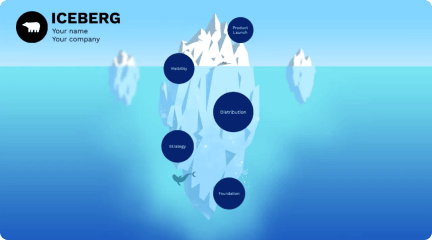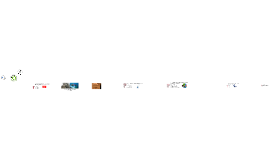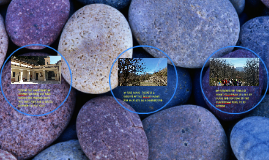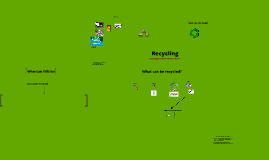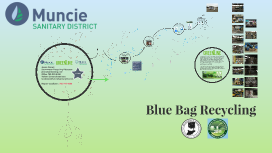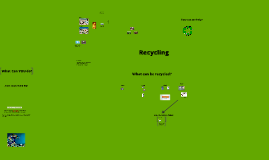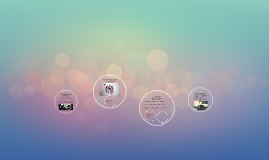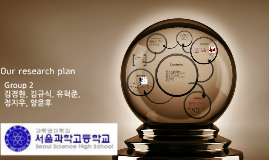Recycling Presentation for LOWV
Transcript: 2021 MSD Household Hazard Waste Program- Aerosol cans -979 pounds Oil based paint -67,717 pounds Antifreeze-3,574 pounds Used oil -31,343 pounds Lithium Batteries-18 pounds Alkaline Batteries (recycled)-2,258 pounds Nickel Cadmium Batteries-608 pounds Flammable liquids (consumer packaging) -6,663 pounds Acids (consumer packaging) -885 pounds Bases (consumer packaging) -1,580 pounds Waste pesticides, herbicides & insecticides- 3,561 pounds Flammable fuel/solvents- 5,197 pounds latex paint sent to American paint recyclers to get “Recycled” Consolidation of small chemical containers- 209 pounds Non PCB ballast/capacitors- 186 pounds Grease- 112 pounds Pepper Spray aerosols- 7 pounds Isocyanaties- 2,724 pounds Non hazardous consumer commodities- 735 pounds Needles- 1,193.2 pounds Tires- 154,980 pounds Total HHW kept out of land fill - 129,549 pounds E-waste -(recycled) - 235,760 pounds Household Hazardous Waste Toxic Flammable Corrosive Reactive Drop off free to Delaware County Residents 10 gallons at a time. More recycling opportunities There's a lot of free recycling opportunities offered to Muncie and Delaware County Residents! Delaware County residents can drop off 6 tires per year per address! Other things to know: Most cities now make it illegal to throw away electronics in the regular garbage. Muncie has an ordinance that they can't be placed in a toter. It's against State Law now to put anything with a cord in the trash. All electronics can be taken to ECR for free Muncie Mission Recycles What Can I Donate? We are happy to accept any of the following recyclable items: Paper- Office/Newspaper/Magazines Cardboard Aluminum (all kinds) Metals of all kinds Non-Working Large Appliances (Refrigerators, stoves, freezers, washers & Dryers) Appliances and electronic recycling available to Muncie Sanitary District residents free of charge. 2021 Recycled: 235,760 lbs Needles and lancets should be placed in a sharps container, and can be dropped off at East Central Recycling. MSD gives away free safe sharps containers to residents. Recycling Muncie Sanitary District residents are allowed to haul up to 2,000 lbs a year of material to ECR. Not accepted is remodeling, concrete, roofing and drywall materials. No dirt and asbestos as well. 23 years of Recycling! Blue Bags make recycling easy and convenient for residents! Yard waste can be dropped off at ECR unlimited, but has to be less than 6 inch in diameter. Toter Do's and Don't's 2021 Recycling Facts: 21,663 households receive blue bag coupons estimated 24,500 Households in Muncie 87% of those households in Muncie receive blue bag coupons, twice a year 2021 Recycling Numbers What goes in Blue Bags? Total Tons collected inbound 30,337.18 Total Tons diverted from Landfill 9,666.34 Total percentage of tons recycled 31.86% Most material sold in order: Yard Waste, Cardboard, Plastic, Paper, Glass, Metal, Aluminum. Temporarily discontinued due to high participation. The new Delaware County Justice Center has a drop off for the public. White River Cleanup September 17th, 2022 8a to Noon Westside Park A new public fast-fill Compressed Natural Gas (CNG) fueling station for the Muncie Sanitary District, the first in East Central Indiana. The station, equipped with two dispensers and four hoses, will initially serve to fuel the city's trash truck fleet – which is currently converting the entire 12-truck fleet to CNG, but is open to the public. MSD currently has 24 vehicles running on CNG. It will reduce fuel spending for the Muncie Sanitary District as well as reduce greenhouse gases when compared to comparable diesel powered vehicles by being a cleaner burning fuel. 13 Years Jason Donati Stormwater/Recycling Educator jdonati@msdeng.com Office 765-213-6450 Twitter @munciesanitary facebook/MuncieSanitaryDistrict Report-a-polluter: 765-747-4896 Blue Bag Recycling



